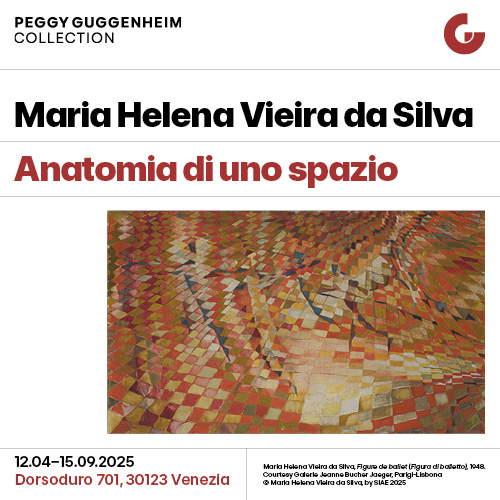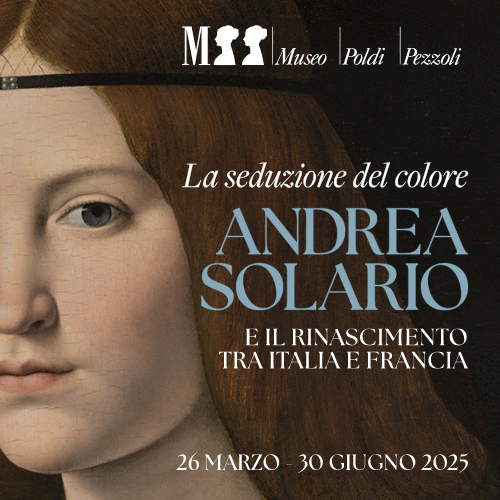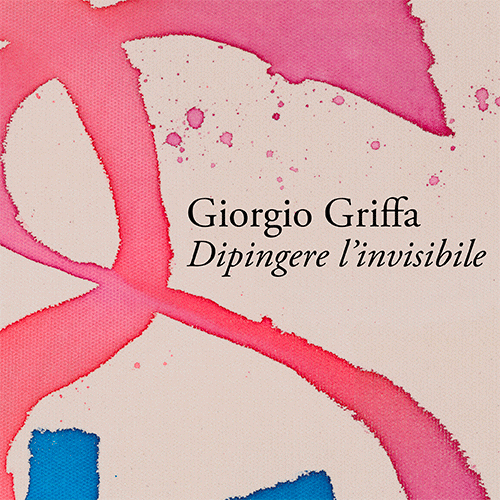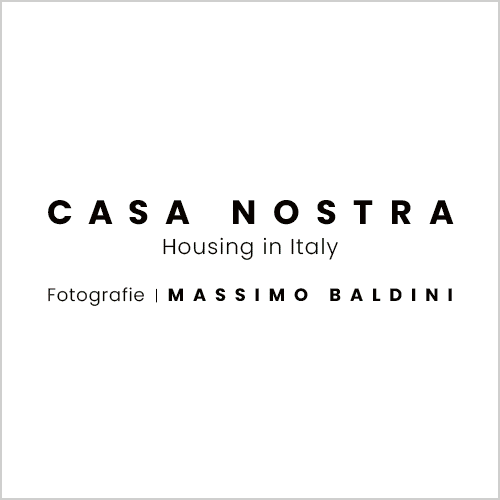The art of Laure Prouvost, a weaver of confusion and poetry
Imagine you are walking through a museum, the floor creaking slightly under your feet. The soft but uneasy light reflects a kaleidoscope of colors off the walls, while a voice whispers something. You are not sure if it is inviting you or warning you. This is what it means to enter the universe of Laure Prouvost, an artist who creates not simply works, but psychic spaces in which we lose ourselves, reflect, dream. But what, really, is Laure Prouvost telling us? What does she want us to see in her surreal world of fragmented videos, assembled objects and narratives that seem to fray and reassemble like a tapestry in constant motion?
The French artist, winner of the Turner Prize in 2013, is a weaver of confusion and poetry, capable of enveloping us in a mystery that requires not solutions but questions. Prouvost loves playing with language, bending and distorting it until it becomes something almost physical. In his videos, the written text collides with the spoken word; the images, often evocative and hypnotic, seem to tell a story that cannot be fully grasped. An emblematic example is It, Heat, Hit (2010), where language manifests itself as a sensory flow that dissolves into images and sounds, inviting the viewer to question his or her own perception. So, we ask, what is our relationship with language? Is it still a tool of communication, or has it become a battleground where meanings are lost and new possibilities are found? Today, words bombard us from every angle, from social media to billboards: and in this age, Prouvost’s work seems to remind us how fragile they are. His works challenge us to slow down, to contemplate not only what is said, but how it is said. It is an invitation to deconstruction, a rebellion against the dictatorship of clarity.
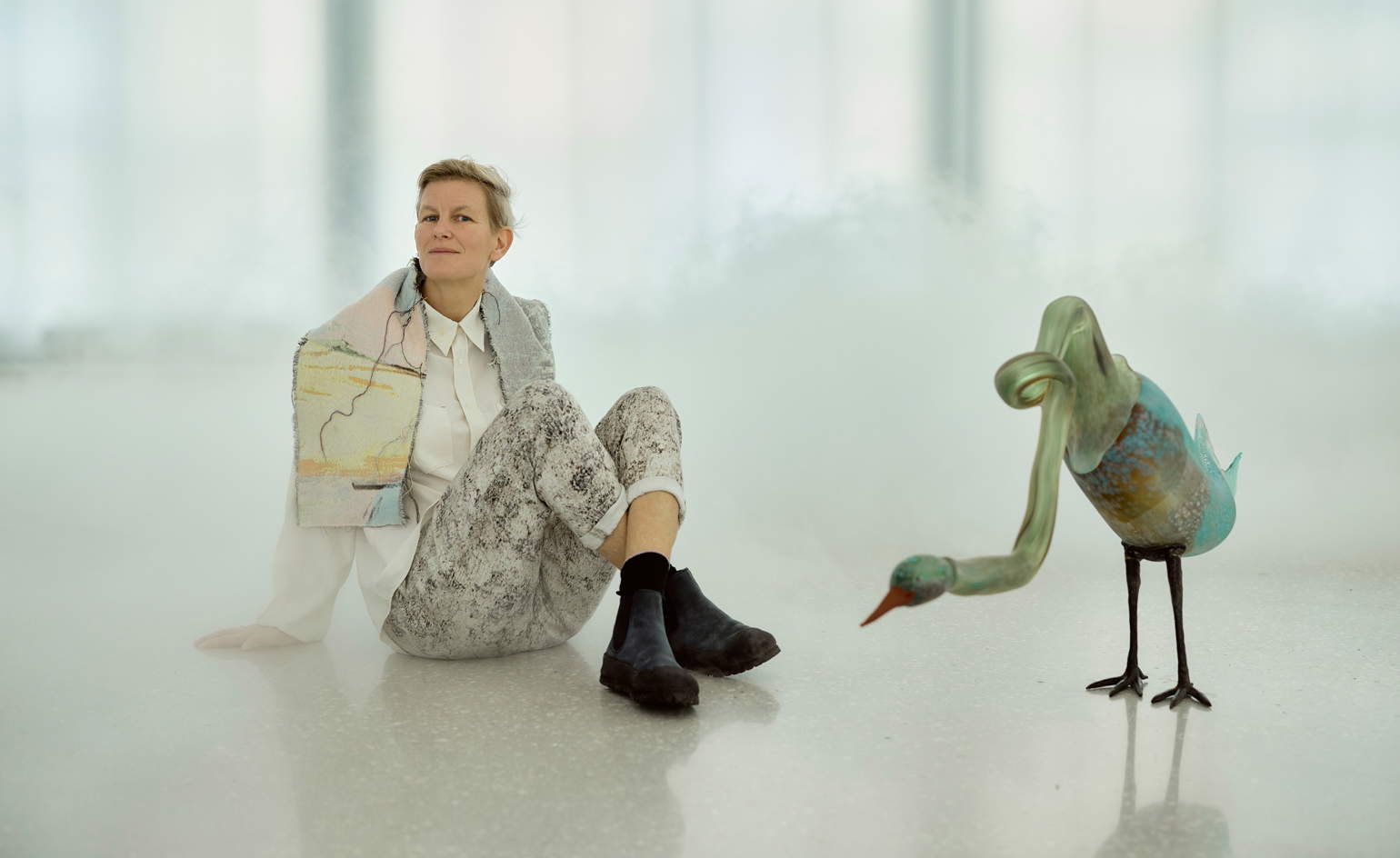
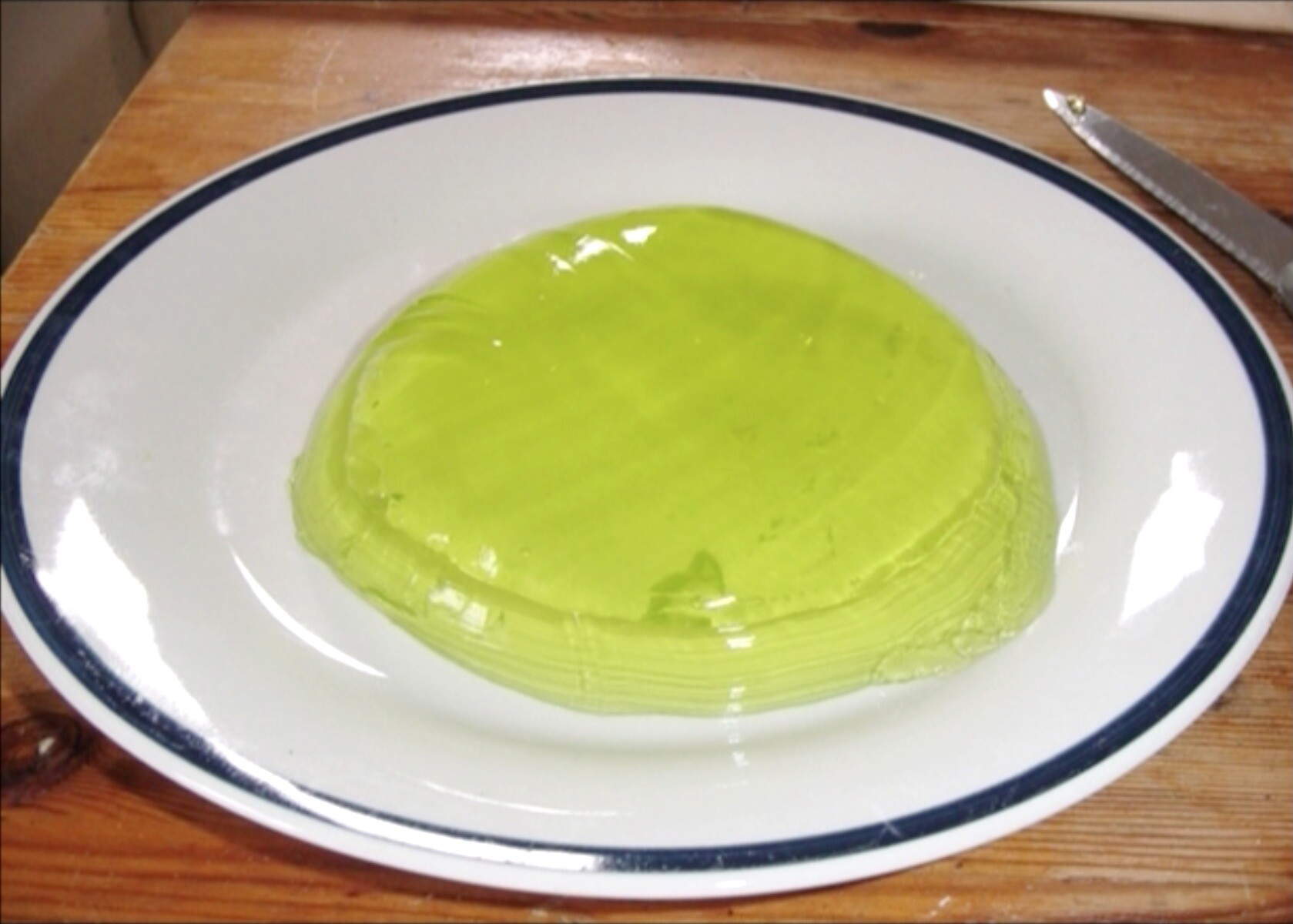
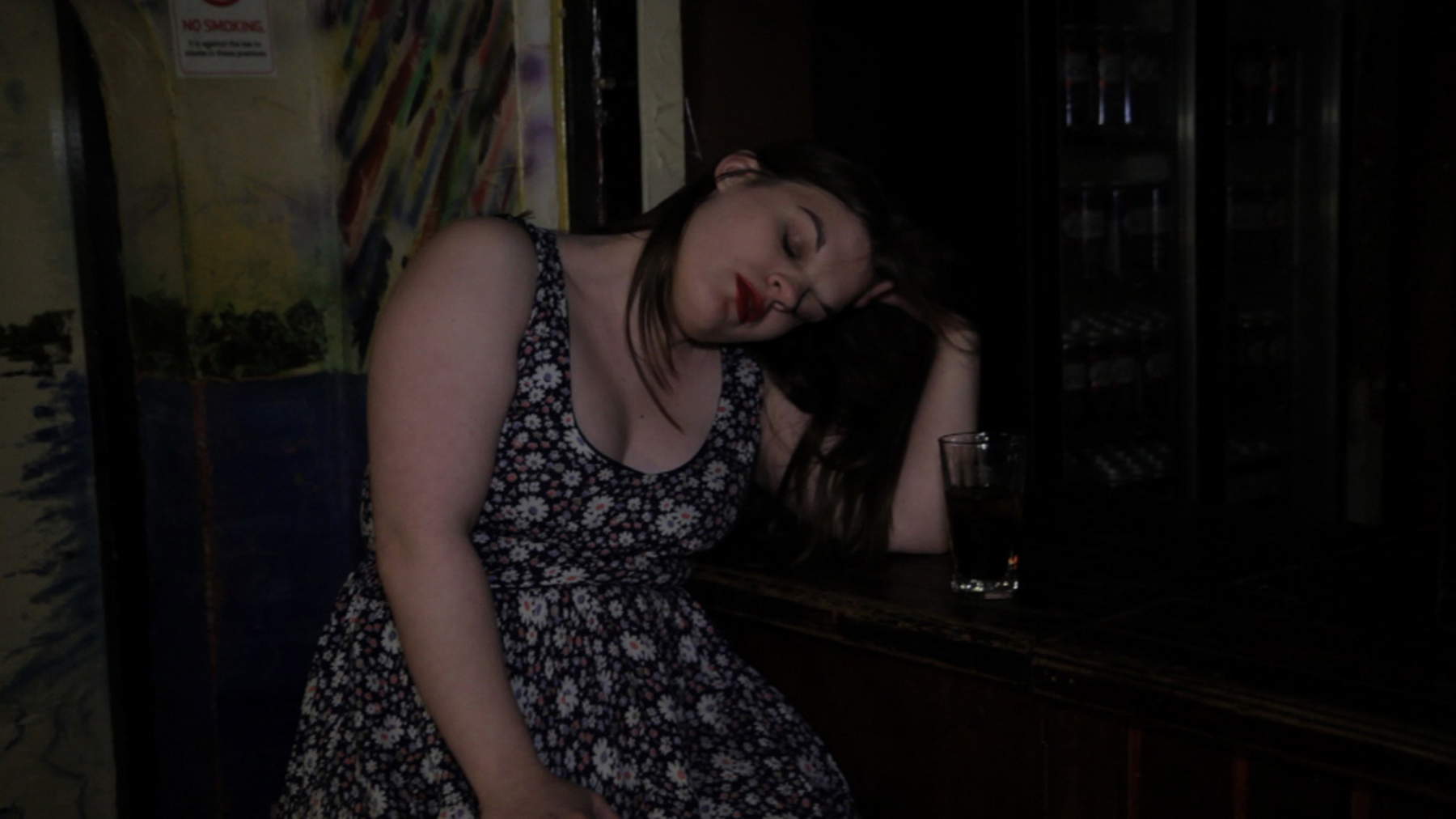
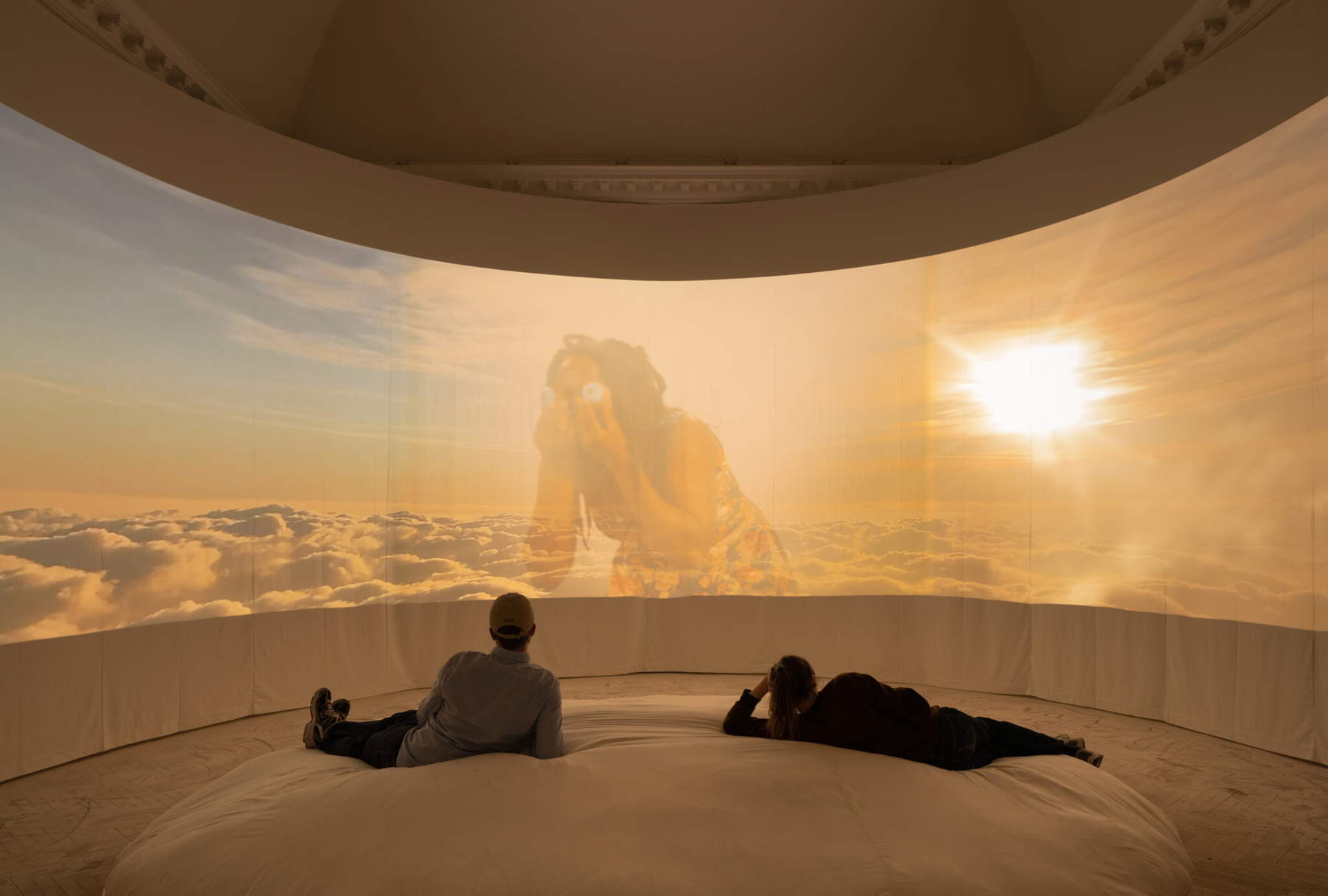
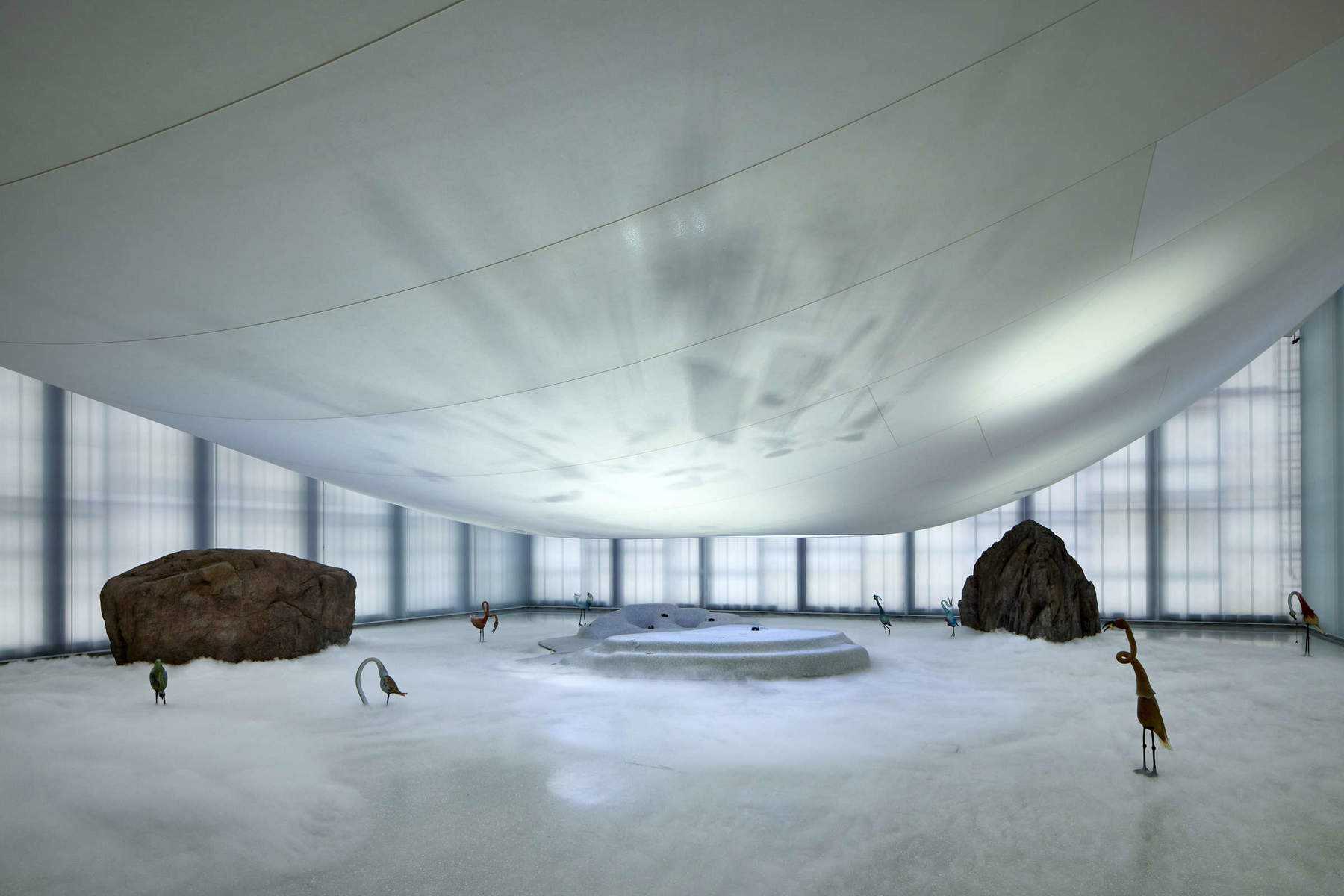
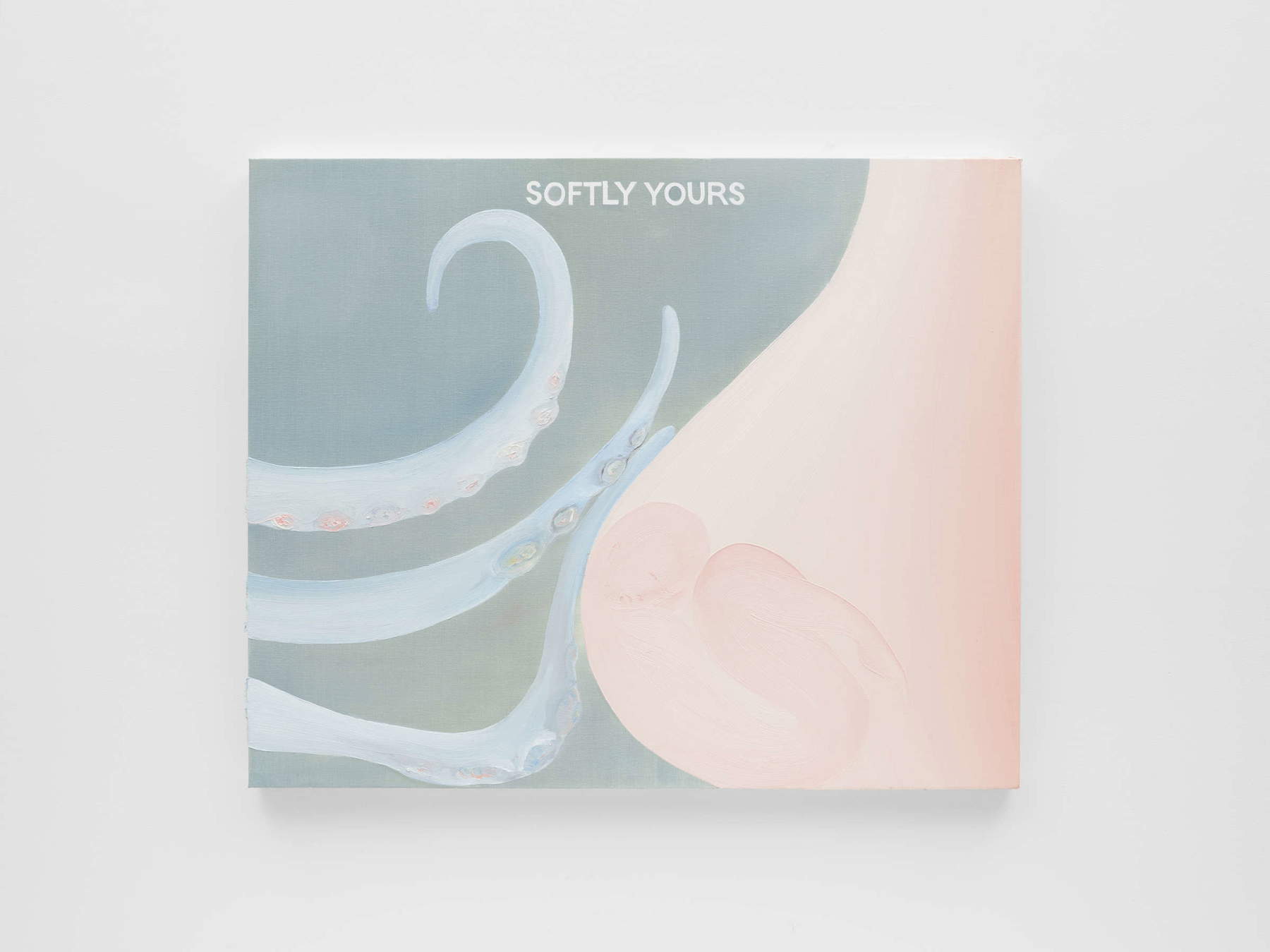
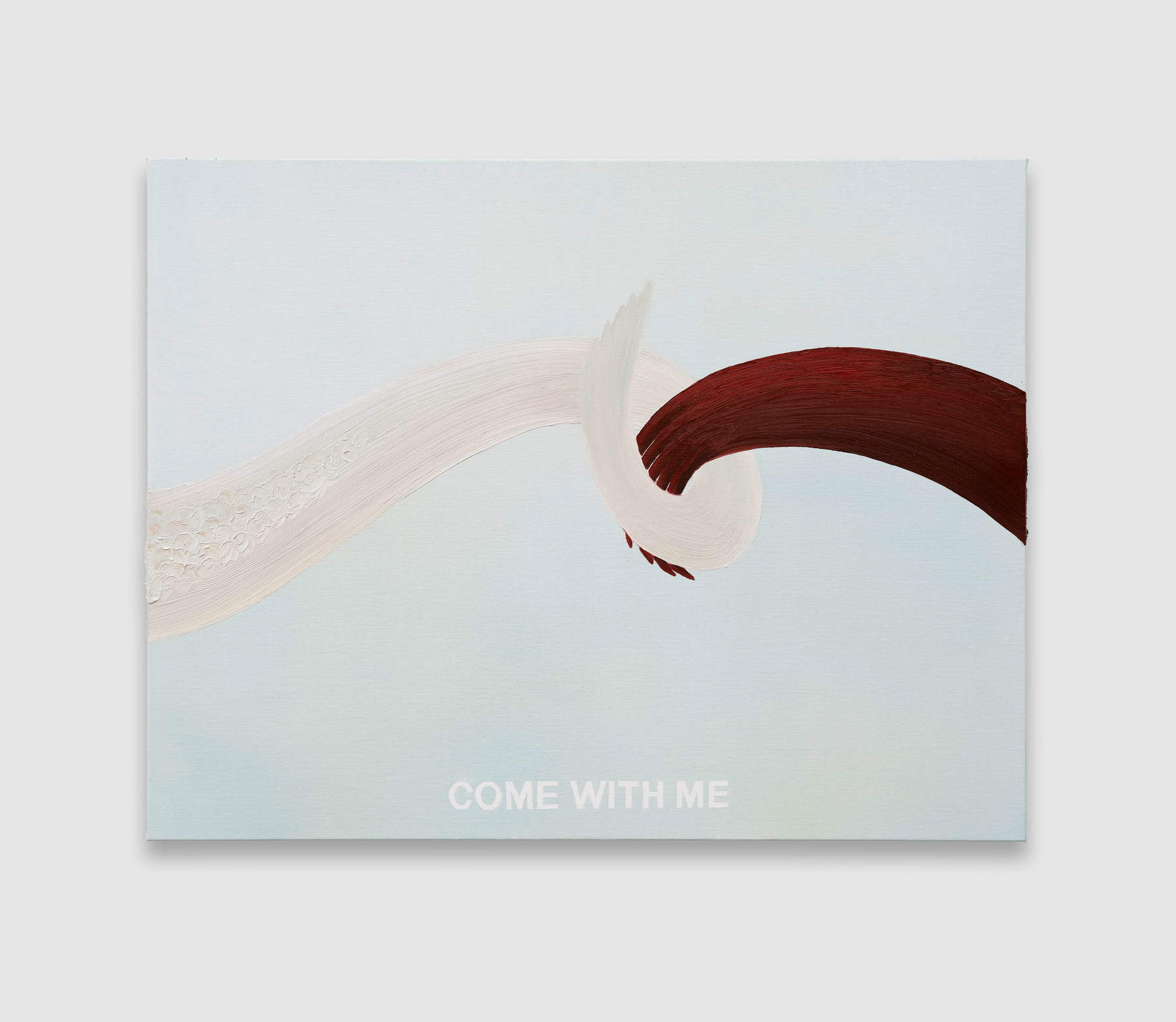
Prouvost does not limit herself to words. Objects, often mundane, such as chairs, glasses, leftover food, become protagonists in her installations. Don’t they look familiar? Yet, in the context the artist creates, they are transformed. A chair is no longer just a place to sit, but a portal to another way of seeing the world. In a world obsessed with the new, with technological progress, Prouvost seems to want to bring us back to the earth, to simplicity. But is it really that simple? His works remind us that every object carries with it a baggage of stories, memories and even trauma. And do we, do we ever stop to listen to them?
There is a deeply physical dimension to Prouvost’s work. His videos speak not only through images and words, but through gestures, bodies moving through familiar yet unsettling spaces. The rapidly moving hands, almost as if they are trying to grasp meaning itself, become a symbol of that contemporary anxiety to understand everything, right away. In 2011’s The Wanderer (Betty Drunk), the body and movement become metaphors for search and loss, for connection and disorientation. What if there is nothing to understand? What if the body, with its immediacy, is the only true translator of experience?
This bodily dimension is also reflected in the visitor’s physical experience. His installations, often labyrinthine or enveloping, force us to confront our own bodies in space. We pass through curtains, bend down to look at hidden details, hear sounds that seem to envelop us. We are no longer just spectators, but participants.
One of the most fascinating aspects of Prouvost’s work is its connection to dreams. His videos are dreamlike, often surreal, and make us feel as if we are floating in a space between reality and imagination. In Deep See Blue Surrounding You, presented at the 2019 Venice Biennale for the Pavilion of France, the artist had created an immersive, multisensory journey that mixes mythology, personal stories, and fantastical landscapes. But in a world that constantly asks us to be present, efficient and productive, what does it mean to dream? Is it not an act of rebellion?
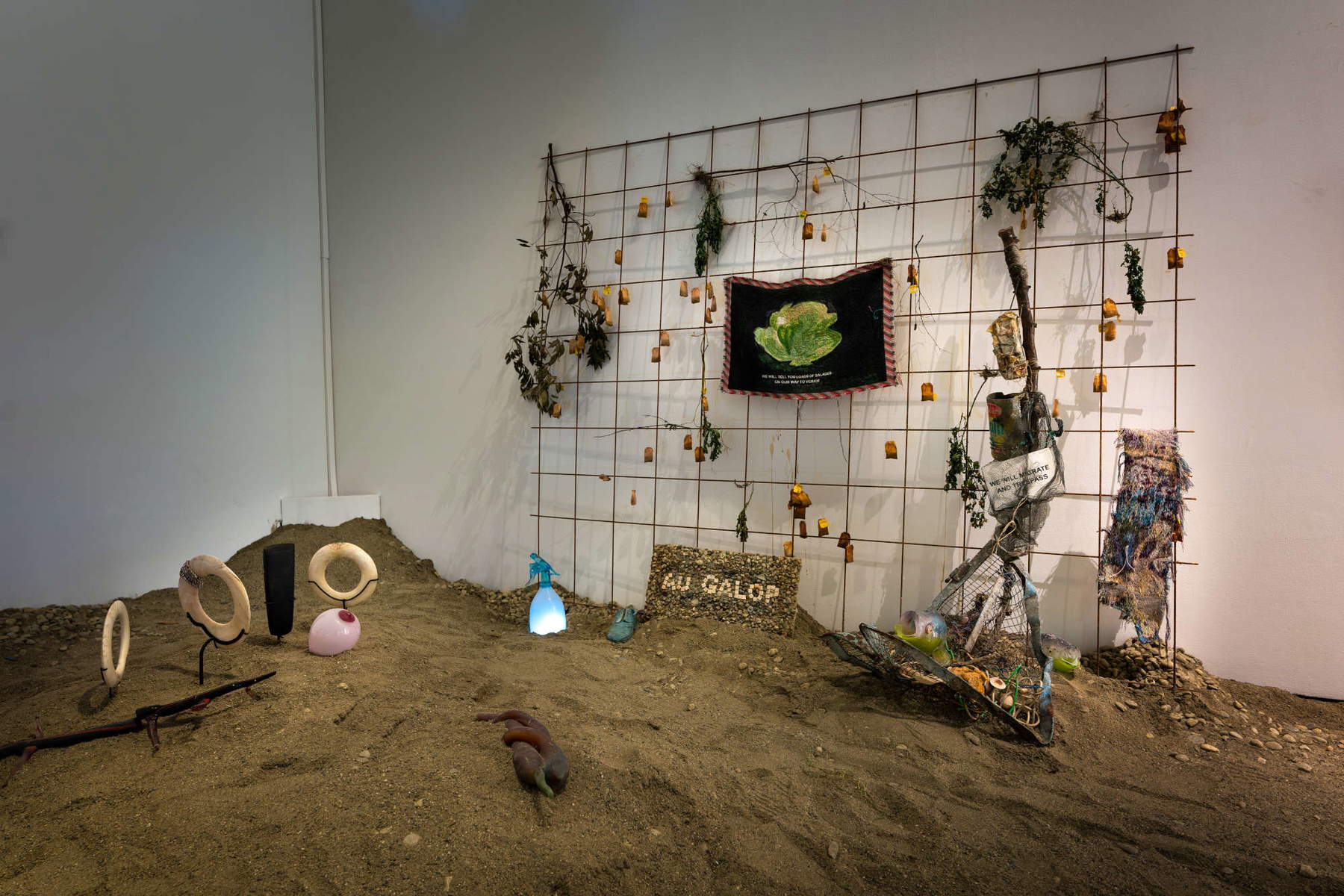
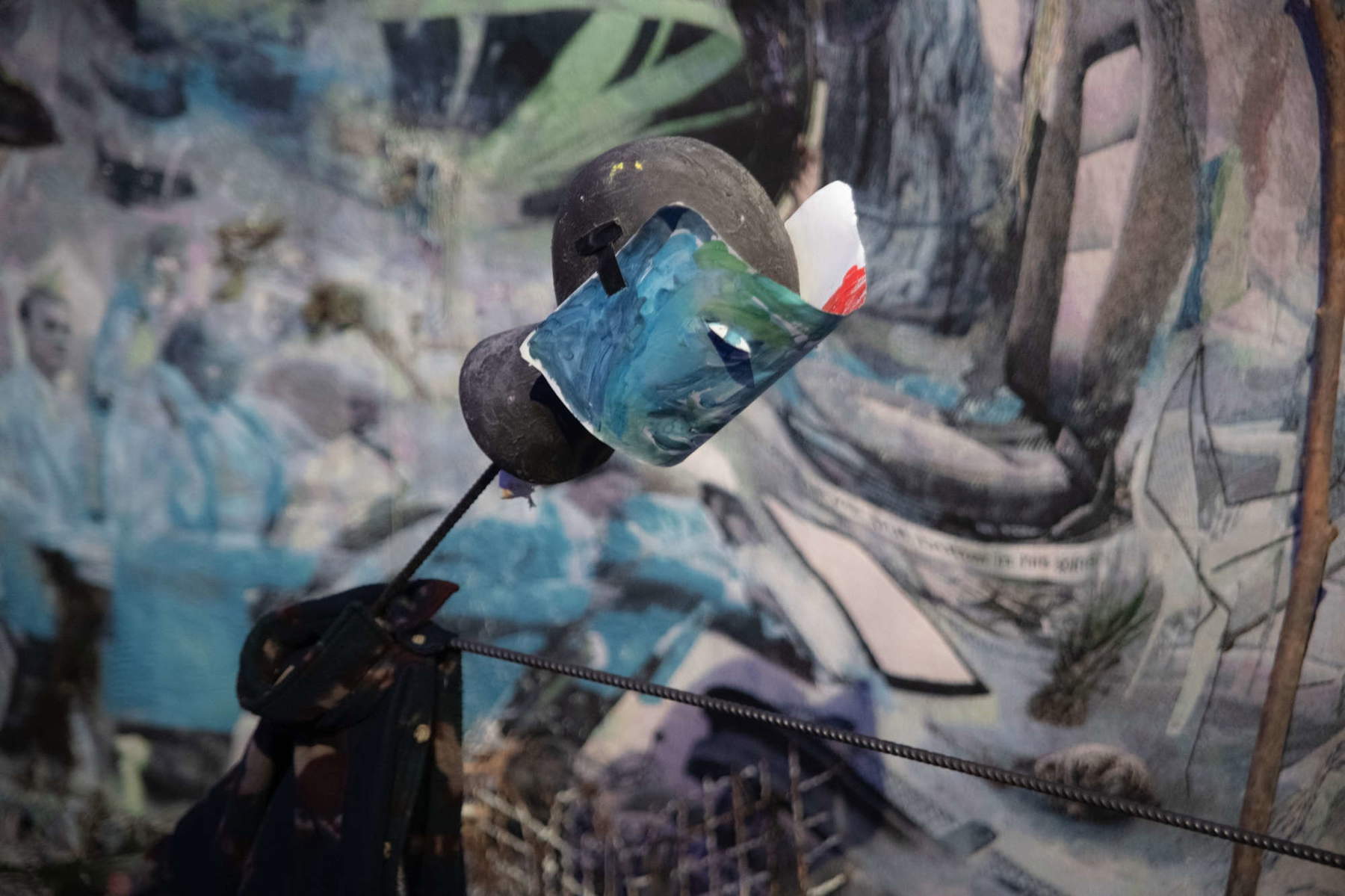
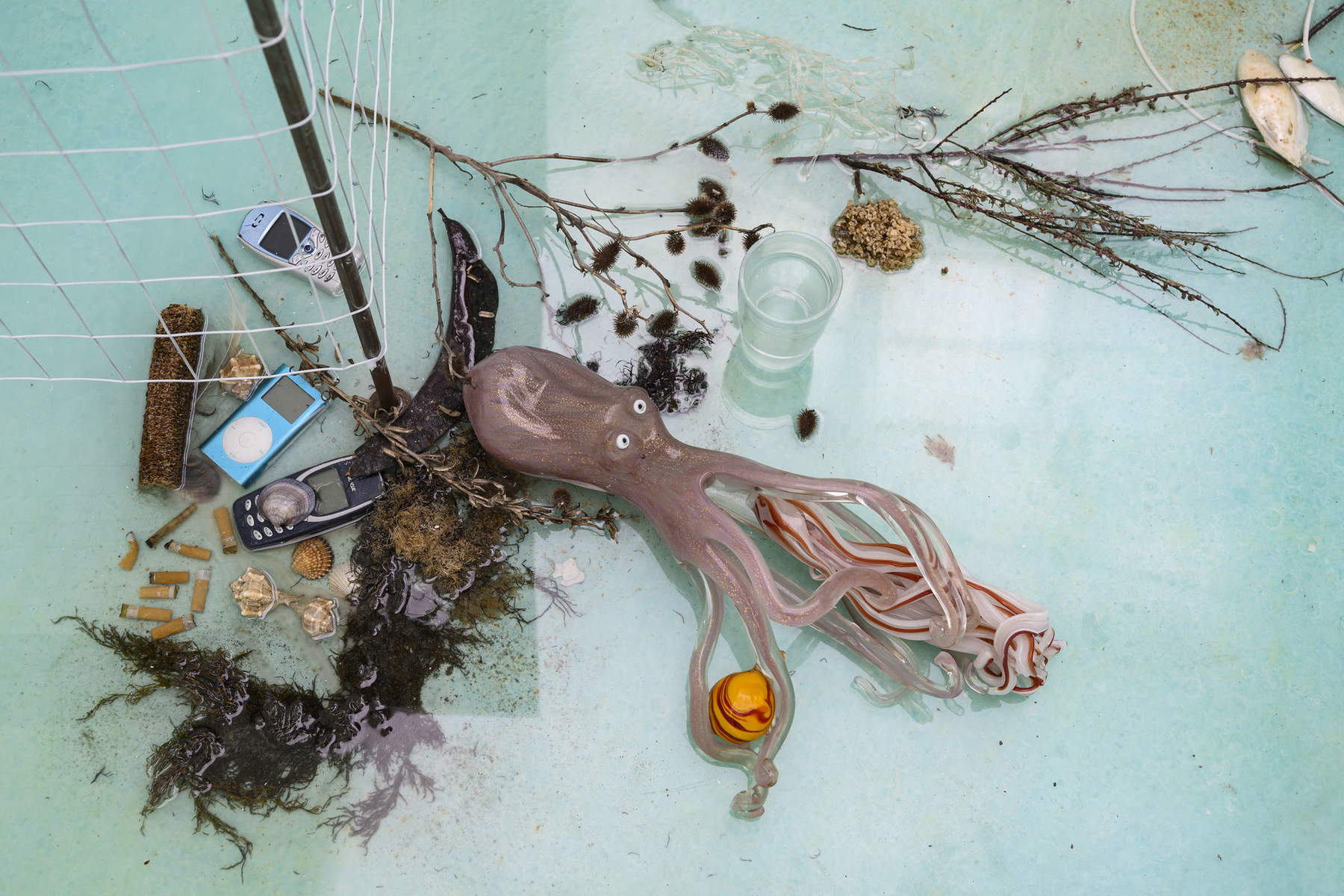
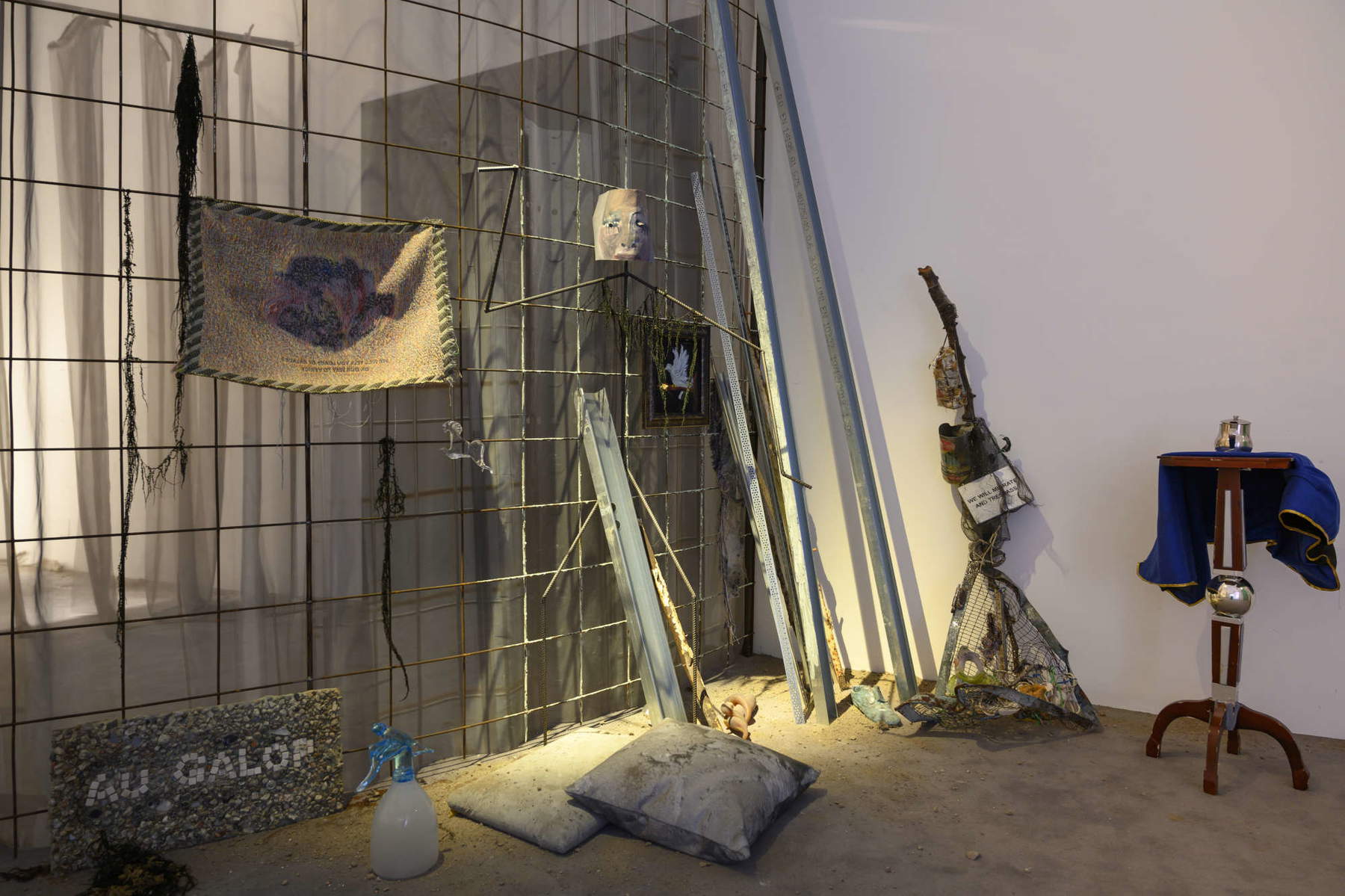
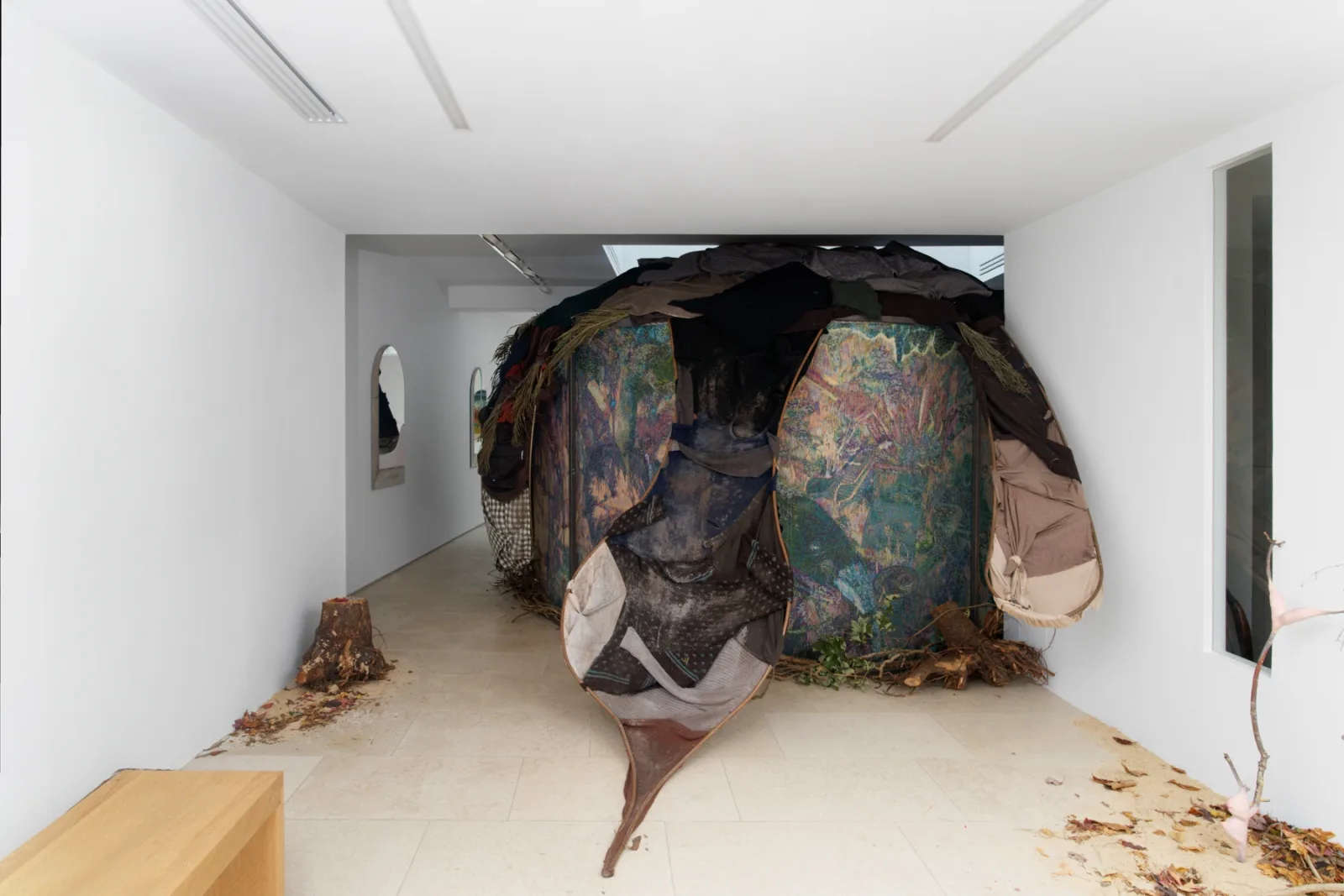
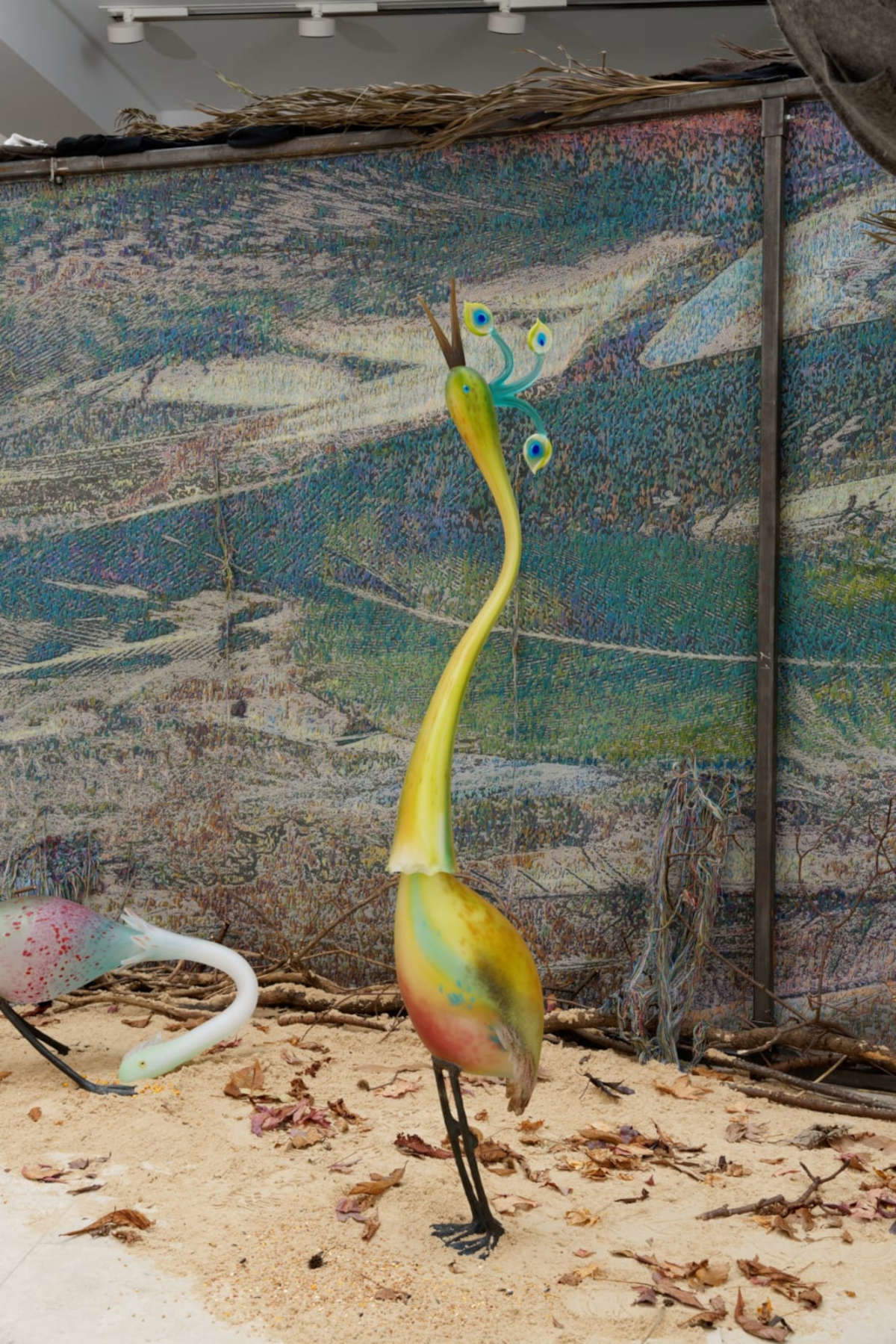
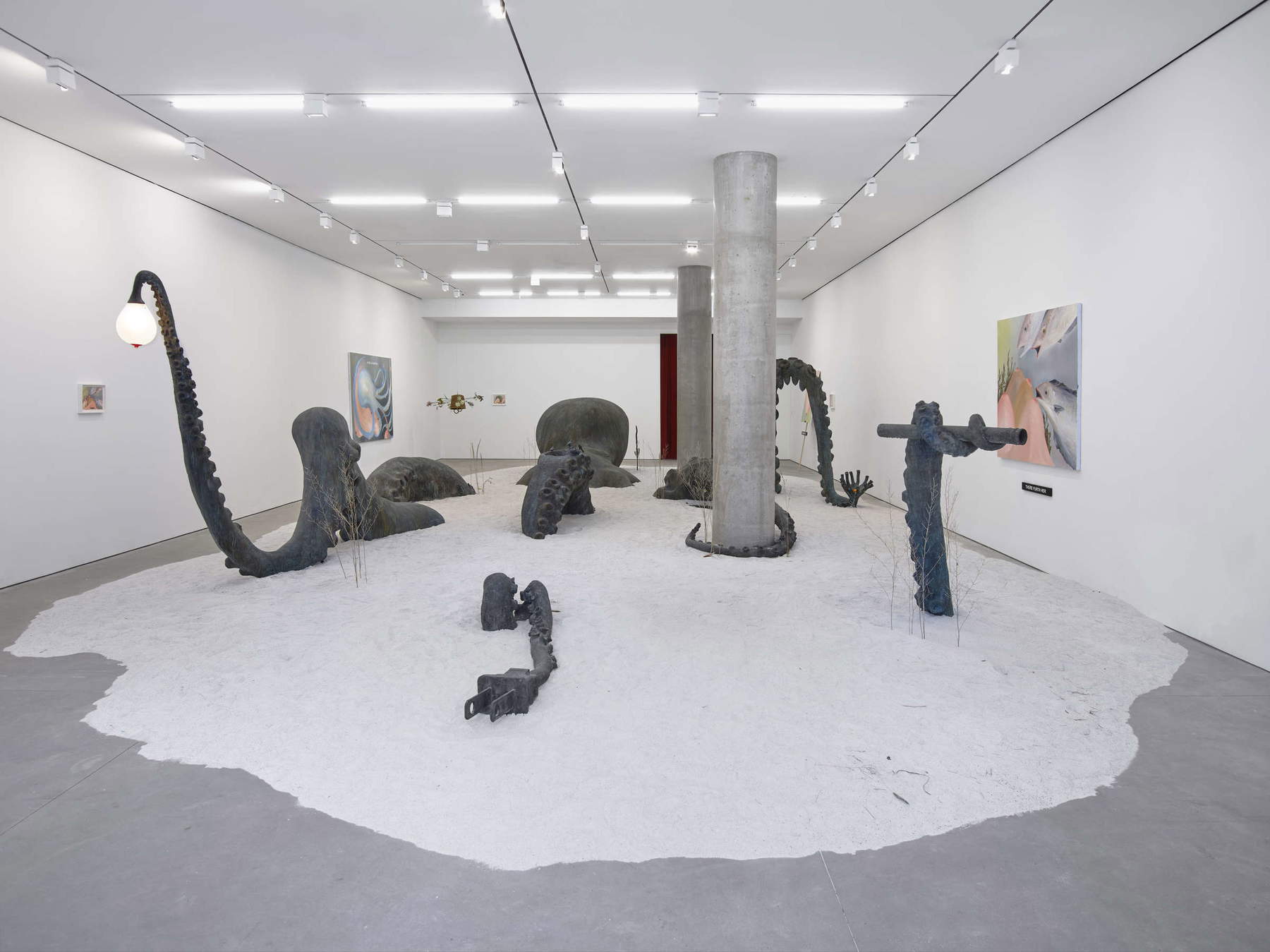
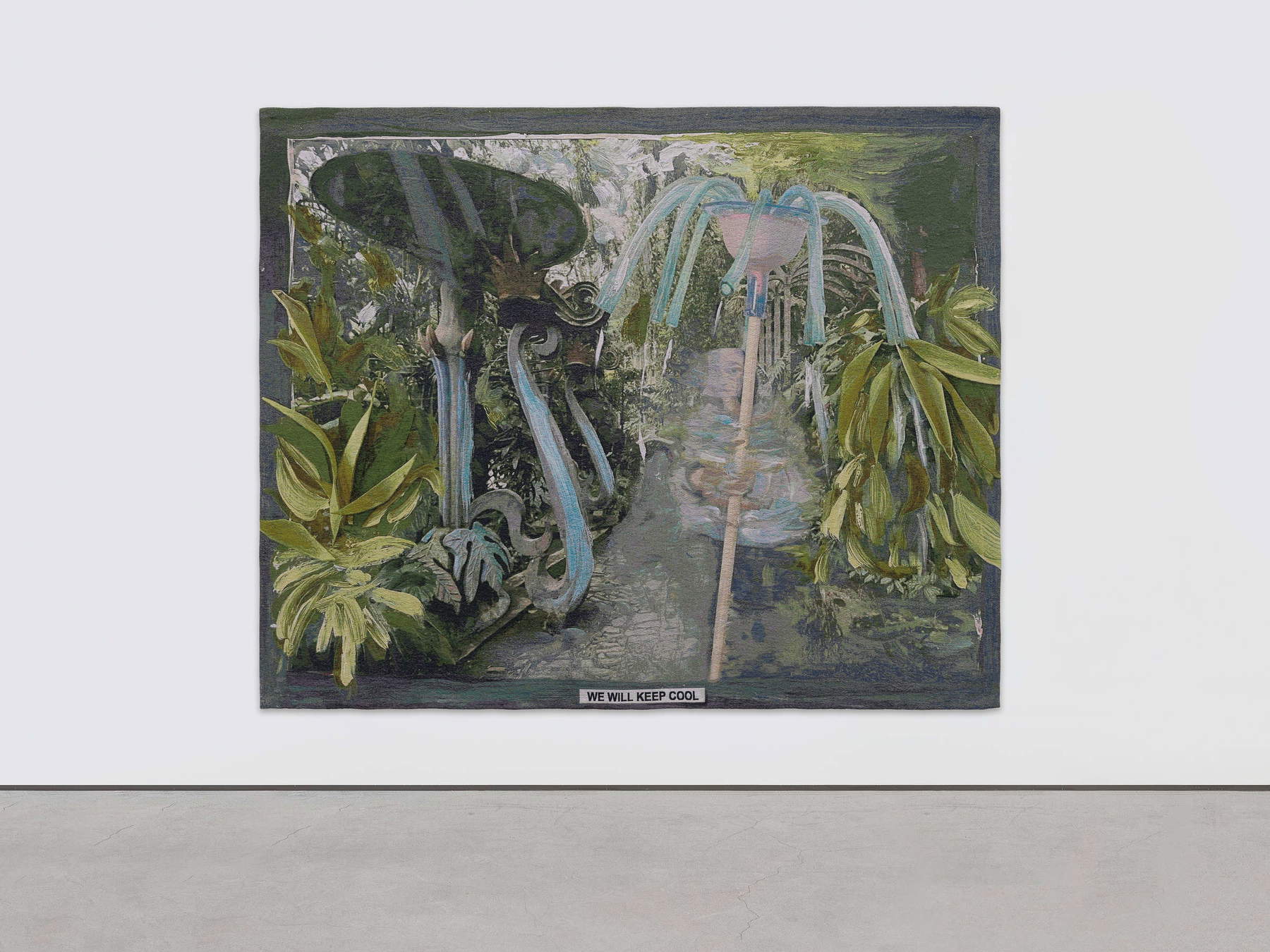
Prouvost invites us to get lost. Her works are never linear or reassuring. Yet, there is a strange intimacy in this loss. As if he is telling us, “It’s okay not to know where you’re going. It’s okay to get lost.” There is, then, something deeply human in Prouvost’s universe. His works never speak from an ivory tower: they come close to us, whisper in our ear, wink at us. This sense of proximity is rare in contemporary art, which is often perceived as distant and intellectual. Yet, Prouvost manages to create a connection, to make us feel part of something larger.
His aesthetic of the “handmade,” of vulnerability, of the fragment, is perhaps a response to an increasingly digital and perfectly packaged world. We live today in an age of algorithms and artificial intelligence, and in this age Prouvost’s human touch is a breath of fresh air. He invites us to reflect on what it means to be human in a world that often seems to want to turn us into machines.
His works are deeply contemporary because they speak of uncertainty. In the time of climate, political and identity crises, uncertainty is perhaps the most universal condition we share. Prouvost embraces it, celebrates it. His broken narratives, fleeting images, and enigmatic objects offer us no answers, but they make us feel less alone in our disorientation.
And so, we ask, is this the role of art today? No longer to guide us, but to remind us that we are all in this chaos together? Perhaps Laure Prouvost’s work is not a map, but a compass gone mad. It does not point us in a precise direction, but pushes us to explore, to feel, to live. In the end, Prouvost does not want to tell us what to think. He wants us to lose ourselves in the thinking itself. And you, are you ready to get lost?
Warning: the translation into English of the original Italian article was created using automatic tools. We undertake to review all articles, but we do not guarantee the total absence of inaccuracies in the translation due to the program. You can find the original by clicking on the ITA button. If you find any mistake,please contact us.





